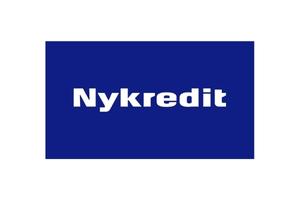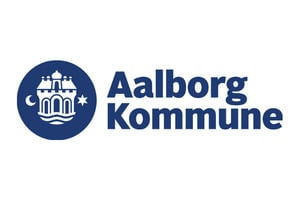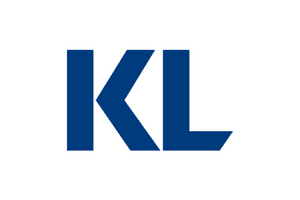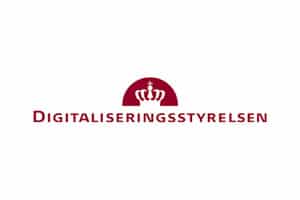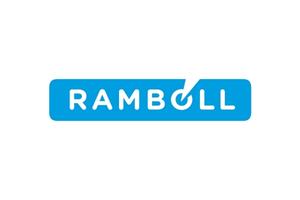Why it's important to work with cross-functional management
The ability to lead across boundaries is a sought-after skill for leaders, and for good reason. Modern organizations cross a variety of boundaries, and when these movements are smooth and seamless, it strengthens organizational cohesion and collaboration.
Without cross-functional leadership, collaboration becomes difficult and silos quickly build up between different functions in the organization. Furthermore, citizens, users or customers can feel like they are falling between two stools if disciplines, organizations and sectors struggle to build coherence and unity across the board.
It's largely the responsibility and task of management to make this collaboration work. They set the direction, remove obstacles, prioritize resources and explain why collaboration is so important. Therefore, it is an important task for you as a manager to lead appropriately across the board.

